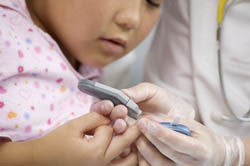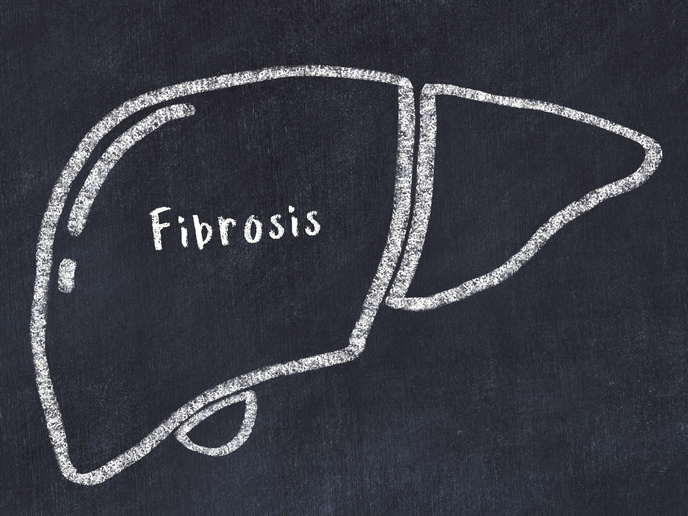Finding ways to prevent childhood diabetes
European countries report an increased incidence of childhood diabetes over the last decades. Considering the associated morbidity and substantially decreased life quality of T1D patients, novel strategies for preventing T1D are urgently required. The key objective of the EU-funded 'Diabetes type 1 prediction, early pathogenesis and prevention' (DIAPREPP) project was to understand the mechanisms of autoimmunisation against self-antigens in order to develop diagnostic tools and strategies for preventing clinical T1D. Information about the project and related links can be found online. Currently, the earliest identifiable process in the pathogenesis of T1D is the development of autoantibodies to islet beta cells. However, the causes and events that precede the emergence of autoantibodies remain poorly understood. After generating a unique source of clinical material from children followed from birth to autoimmunity through to disease development, the consortium performed a thorough analysis of the patient metabolome. Interestingly, an altered profile in terms of phospholipid content and other metabolites in cord blood was found to be specifically associated with islet autoimmunity that leads to T1D. In order to investigate the potential viral aetiology of T1D, partners examined patient samples for the presence of enteroviruses in relation to the appearance of islet autoantibodies, dietary intervention, maternal type 1 diabetes and clinical symptoms. Human enterovirus (HEV) was detected in nearly 10 % of the samples, but no correlation was found between the presence of HEV in the first year of life and the development of islet autoantibodies. However, the presence of enterovirus in the pancreatic islets of T1D patients led scientists to further investigate the mechanism of virus infection. They discovered that enterovirus could enter, infect and destroy beta cells while at the same time activating innate immune response pathways. Additionally, genetic susceptibility was found to be instrumental in progression to T1D development. Children positive for islet autoantibodies were twice as prone to develop the disease if they carried susceptible genotypes for various genes, including IFIH1. An important line of work of the DIAPREPP study entailed the development of technology for the capture and study of single immune responsive cells. This technology was implemented to identify autoantibodies that could be subsequently used for diagnostic purposes. This commercially exploitable diagnostic technology, combined with the scientific discoveries of the DIAPREPP study, will contribute to the design of preventive measures against childhood diabetes.







